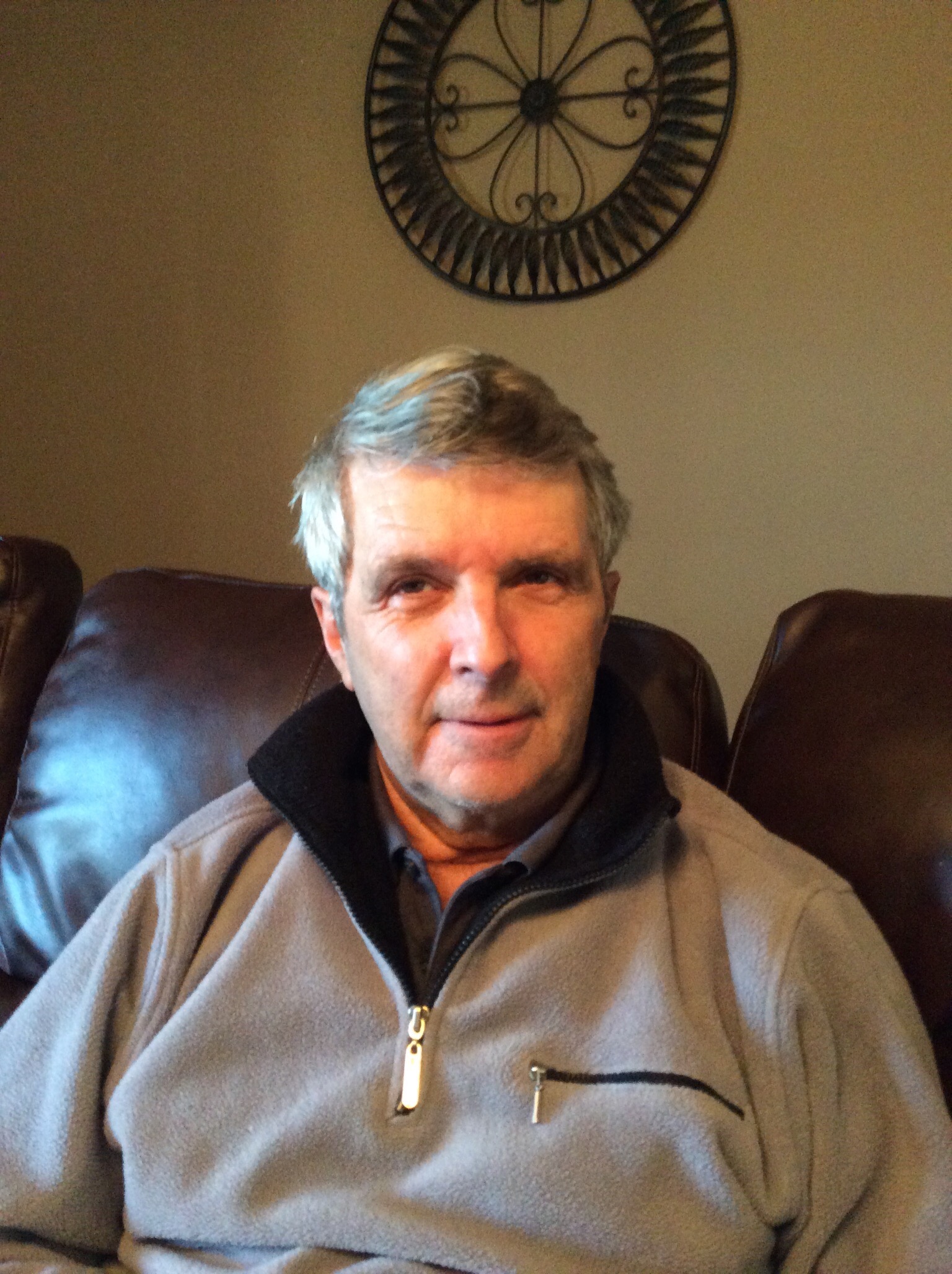Family connections often carry layers of complexity, especially when unexpected revelations arise. Imagine receiving a DNA test result that shakes the very foundation of your family tree. That’s exactly what happened to someone discovering their grandpa might not be who they thought. The story unfolds with surprising twists, blending personal discovery with technical troubleshooting. This journey isn’t just about biology; it’s also about navigating the digital landscape to uncover truth.
On one hand, you’re diving deep into your ancestry, hoping to piece together fragments of your identity. On the other hand, you’re troubleshooting technical glitches that stand in the way. This article explores the emotional and practical sides of discovering “not my grandpa.” It weaves together stories of family secrets, DNA mysteries, and even a bit of tech support.
Through this exploration, we aim to shed light on how modern tools can help you connect with your roots while dealing with everyday digital challenges. Whether you’re trying to find a missing piece of your heritage or fixing a pesky USB issue, this article has something for everyone. Let’s get started.
Who Is My Real Grandpa?
When the DNA results came back, the revelation was shocking. The name that was supposed to be there—my grandpa’s—was missing. Instead, there were blanks where connections should have been. Suddenly, the family narrative took an unexpected turn. It’s almost like the story you thought you knew has been rewritten, and now you’re left wondering who the real characters are.
For many, this situation brings up a whirlwind of emotions. There’s a mix of curiosity, confusion, and even a bit of anger. You start questioning everything you thought you knew about your family history. How could this happen? Was it a mistake? Or is it possible that the person you’ve always called “grandpa” isn’t biologically related to you after all?
Can DNA Tests Really Change Everything?
DNA tests have become incredibly popular over the years, offering people the chance to explore their ancestry. Yet, sometimes these tests deliver answers that are more questions. In this case, the results didn’t match expectations. The grandpa whose name didn’t appear under the matches might not be the biological grandpa after all.
One theory suggests that maybe there was a mix-up somewhere along the line. Another possibility is that the biological connection lies elsewhere, maybe with someone who worked alongside grandma years ago. Either way, the DNA test has opened up a whole new chapter in the family story. It’s not just about finding out who’s who anymore; it’s about piecing together a puzzle that’s been waiting to be solved.
Why Does It Matter If It's Not My Grandpa?
For some, knowing the biological connections is crucial. It’s not just about family ties; it’s about understanding where you come from. Imagine being curious about your heritage and discovering that a quarter of your identity has been a mystery all along. That’s a big deal for anyone seeking answers about their roots.
Of course, not everyone needs to know the biological details. Sometimes, the emotional bond is what truly matters. Yet, for those who want to dig deeper, these revelations can be life-changing. It’s like finding out a piece of the puzzle that completes the bigger picture. The question then becomes, how far are you willing to go to uncover the truth?
How Do I Fix This Windows Bio Issue?
Now, let’s shift gears slightly and talk about a different kind of problem—one that’s a little more technical. If you’re trying to fix the Windows Bio database and keep getting stuck, don’t worry. You’re not alone. Many users have faced similar issues, especially when dealing with system files. Here’s a quick guide to help you out.
First, make sure you don’t close the service window. Instead, open Explorer and navigate to C:\Windows\System32\WinBioDatabase. Once you’re there, rename the .dat files in this folder to .dat.bak files. This simple step can sometimes resolve the issue. If it doesn’t, there might be something else going on that requires a bit more troubleshooting.
What If Chrome Won't Open Due to Safety Settings?
Another common issue many Windows users face is Chrome not opening due to Microsoft Family Safety settings. If this happens to you, it can be frustrating. The first thing to check is whether you’re the sole user and administrator on your PC. If you are, you might need to adjust the settings manually.
Try going into your Microsoft Family Safety settings and disabling any restrictions that might be preventing Chrome from opening. Sometimes, these settings are overly cautious and block programs unnecessarily. Once you’ve made the changes, try reopening Chrome to see if it works. If it does, great! If not, you might need to dig a little deeper into your system settings.
Is It Possible That My USB Drive Is Broken?
USB drives can be finicky sometimes, especially when they’re not recognized by your PC. If you plug in your SanDisk USB flash drive and the computer doesn’t acknowledge it, there could be several reasons. First, listen for the USB connection chime. If you hear it, that means the computer at least recognizes the device is there. Next, check File Explorer, Device Manager, and Disk Management to see if the drive shows up in any of those places.
If it’s still not showing up, the drive might be faulty. However, before you give up on it, try connecting it to a different computer or using a different USB port. Sometimes, the issue is with the port itself rather than the drive. If none of these steps work, you might need to consider replacing the drive or seeking professional help.
Table of Contents
- Not My Grandpa - Unraveling Family Secrets and Digital Mysteries
- Who Is My Real Grandpa?
- Can DNA Tests Really Change Everything?
- Why Does It Matter If It's Not My Grandpa?
- How Do I Fix This Windows Bio Issue?
- What If Chrome Won't Open Due to Safety Settings?
- Is It Possible That My USB Drive Is Broken?
- Final Thoughts on Discovering Not My Grandpa
Final Thoughts on Discovering Not My Grandpa
Discovering that the person you’ve always known as “grandpa” might not be your biological grandpa is a big deal. It’s a moment that can change how you view your family history. At the same time, dealing with technical issues like fixing Windows Bio settings or troubleshooting USB drives can feel overwhelming. Yet, both situations require patience and persistence.
Through it all, remember that every family has its own unique story. Whether you’re exploring your ancestry or fixing a computer glitch, the process can teach you a lot about yourself. In the end, it’s not just about finding answers; it’s about embracing the journey and learning along the way.



